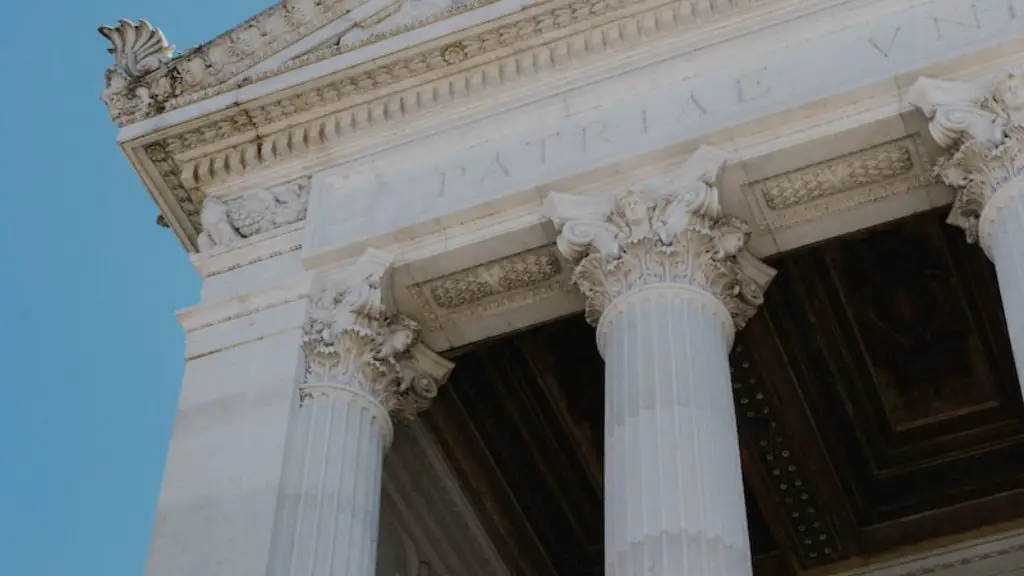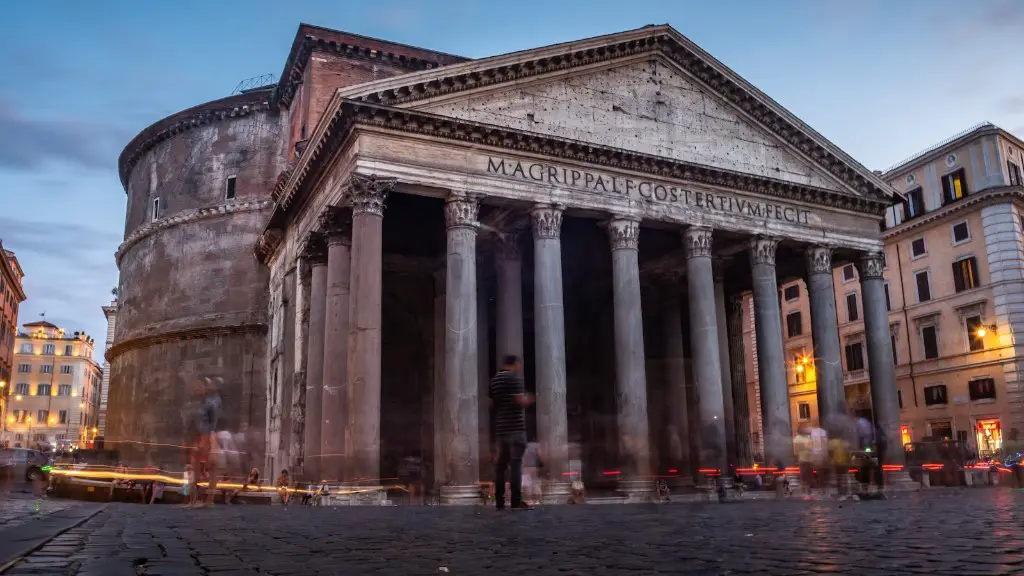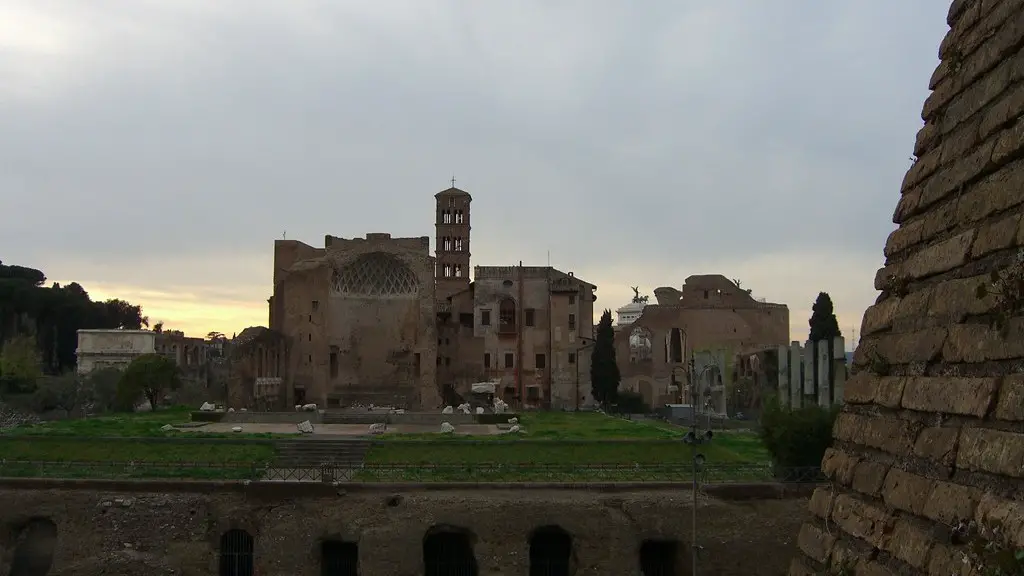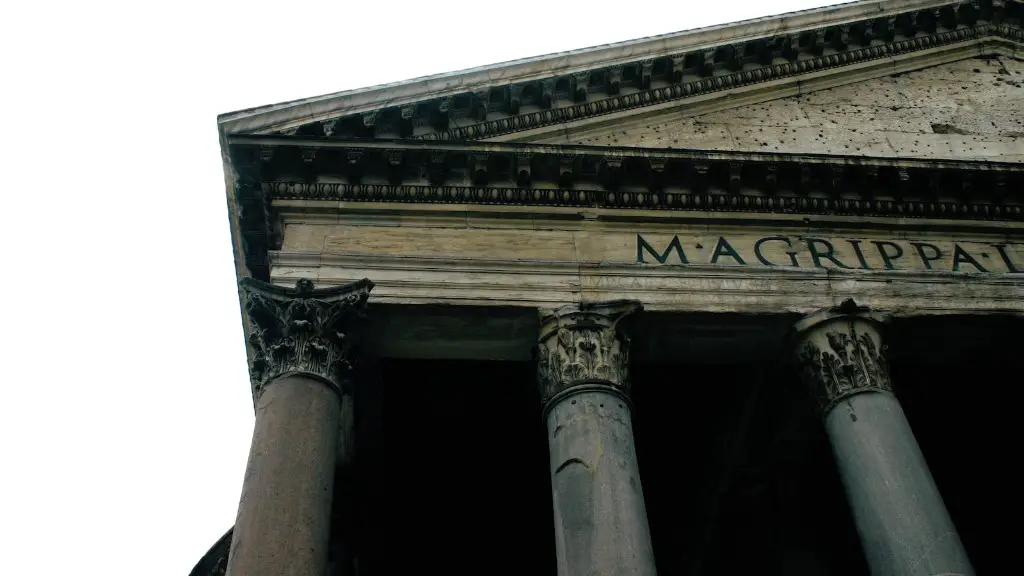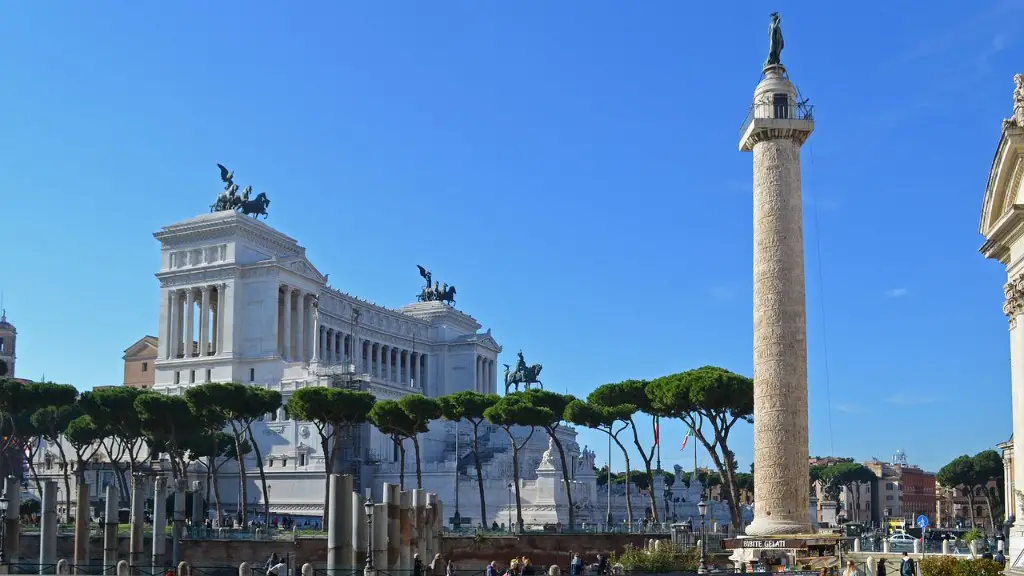What comes to mind when the term ‘gladiator’ is mentioned is typically a muscled warrior standing in an arena, ready to fight against an enemy and to the death, with thousands of spectators watching in awe. These individuals were a physical representation of much of what Ancient Rome was and as such are a great source of fascination even today, thousands of years later.
The lifestyles of gladiators during their time in Ancient Rome is something that hasn’t been well documented. Although many historians believe that gladiators lived much like any other Roman citizen, it is more than likely that many of them had to exist in conditions that were far from ideal. It is possible that the gladiators lived in ludus, homes created for the purpose of training them for their ruthless battles in the arena. These ludus were usually large, under the care of a lanista, or proprietor, and contained an assortment of slaves and free men who served as gladiators in the arena.
These ludus were meant to simulate what life was like in the arena so the warriors could become the best they could be. This would include training extensively with other gladiators, becoming acclimated with the weapons they would be using and learning how to fight in various battle scenarios. Yet, in spite of the hard work that gladiators endured in training, life in the ludus was far from comfortable. Housing, rations and diet were minimal, with disease, injury and punishment being common.
While the ludus were the main source of residence for gladiators, they were not the only place where these warriors lived. In the later years of Ancient Rome, the wealthy elite began to build villas that contained ludus within them. These villas created a natural habitat for these warriors to train, but also gave them access to the world of their wealthy employers. This allowed them to live in a much more comfortable and affluent lifestyle than what was provided in the traditional ludus. It also gave them a chance to interact with the privileged class in ways that weren’t available to them before.
Apart from the villas, there were also large-scale training camps, built away from the main cities, that provided the gladiators with a place to hone and sharpen their skills. These camps were even larger than the ludus, and were meant to provide an area for gladiators to practice with their various weapons, stages to fight in and instructors to teach them the art of the sword. The camps gave the gladiators the chance to interact in a much more informal way, as well as to bond with their peers and to learn from some of the greatest warriors in the land. While living in these camps, the gladiators also had a chance to participate in activities outside of fighting and sometimes even enjoyed a form of liberty.
Gladiators also had temporary residences in the city where they could stay when they weren’t fighting in the arenas. In some cases, these temporary dwellings were located in the city’s poorer districts, where gladiators had to fend for themselves, but in most cases, gladiators were provided with food, housing and money by the wealthy elite or state. This, coupled with the fact that gladiators were popular public figures during the height of their popularity, allowed the gladiators to indulge in the city’s nightlife and enjoy the opulence that comes with it.
The lifestyle of a gladiator was anything but easy. But despite the difficult conditions that they lived in, the gladiators of Ancient Rome had a sense of pride and determination that made them memorable and inspiring figures in history. And even though the Roman arenas have since disappeared, the legacy of these warriors lives on through films, books and the imaginations of generations to come.
Weapons & Armour
The weapons and armour that gladiators used in their battles in the arena was an important part of their arsenal. Weapons ranged from swords, shields and spears to maces, flails and even bows. Armour also varied, with gladiators wearing everything from lightweight leather armours and helmets, to metal armours and even chain mail. It was important for the gladiators to possess the right weapons and armour in order to be successful in their battles.
Gladiators were meticulous in the selection of their weapons and armour; they knew that the right combination could give them an advantage over their opponents. They often employed teams of armourers and smiths to craft and enhance their weapons and armour, and they were well aware of the importance of having weapons and armour that was able to withstand the rigours of combat in the arena. There are even records of gladiators who were particularly fond of certain weapons and created entire pieces of equipment in order to use them to their advantage in battle.
The weapons and armour used by the gladiators in combat reflects not just the importance of having the right equipment, but also the amount of dedication and skill that these warriors put into their combat training. Even in the face of death, gladiators continued to strive for excellence in an area in which their lives could depend on it. The mastery of their weapons and armours was a reflection of their commitment to their craft.
Women Gladiators
Although it might come as a surprise to many, female gladiators were not an uncommon sight in the arenas of Ancient Rome. In fact, women were known to fight alongside the male gladiators and even in some cases, become the star of an arena. While the presence of women in the arena was not widely accepted by society in the beginning, they eventually rose to the level of their male counterparts, even becoming celebrated by the crowds.
Women gladiators were often skilled in the use of weapons, as well as competing in events such as chariot racing and even hunting. It is believed that some of the most skilled female gladiators even rose to high levels of fame throughout the Roman Empire, being celebrated for their strength, courage and prowess in battle. Unfortunately, very little is known about them today.
It is likely that female gladiators faced the same conditions and challenges as the male gladiators of their time. This included rigorous training, harsh living conditions and of course, the constant risk of death in the arena. Despite all of these challenges, it is clear that these female warriors were determined and brave, having managed to become stars of the arena in a period where women were not widely accepted.
It can be said that the female gladiators of Ancient Rome were trailblazers in their own right, paving the way for female warriors even to this day. While much of their legacy has been lost to time, the bravery and determination of these female gladiators remain a source of inspiration to all who strive to overcome gender barriers.
The Colosseum
The Colosseum was the largest and most famous arena of Ancient Rome and the site of many famous battles and sporting events. Gladiatorial combats were among the most popular of these events, and the screams of the audience echoed through the hallowed walls of the Colosseum.
The Colosseum was designed to house 50,000 spectators and featured multiple levels, allowing the audience to get close to the action in the arena. The arena itself was covered and surrounded by a network of curved corridors and passages, providing an ideal setting for the gladiators to deploy their strategies and fight against one another. The Colosseum was also equipped with traps, which were used to surprise the audience and add to the spectacle.
It is believed that many of the gladiators of Ancient Rome were residents of the Colosseum and dedicated their lives to perfecting the craft of combat within its walls. While the conditions in the Colosseum were not as severe as in the ludus, the gladiators still had to endure the harsh and dangerous environment of the arena in order to become victors. It is clear that the Colosseum was an essential part of the life of a gladiator and that their successes and failures were greatly influenced by their battles here.
Today, the Colosseum stands as a symbol of the greatness of Ancient Rome, but it also serves as a reminder of the bravery, strength and determination of the gladiators who fought within its walls. It is a fitting tribute to these warriors whose legacy has endured the test of time.
Training
Life in the ludus was focused on training, both for their physical and mental conditioning. The gladiators would use a variety of different weapons and techniques in order to perfect their craft, knowing that their success in the arena often depended on their preparation. The gladiators were trained in a variety of techniques, including the use of swords, shields, spears and the infamous net and trident.
In addition to weapons training, gladiators also trained to hone their physical and mental strength. Exercises such as running, weight training and even wrestling were used to build their bodies and prepare them for the rigours of combat. Mental strength was also an important part of a gladiator’s training, as they had to learn how to keep their composure and remain focused under the pressure of the arena. The gladiators endured these exercises in order to stay sharp and prepare themselves for whatever their battles may bring.
The life of a gladiator was one of hard work and dedication and their training regimens reflected that. The discipline and determination these warriors displayed even in the face of death is an example to us all and is perhaps what makes the legacy of the gladiators so strong even today.
The Gladiator Games
The Gladiator Games have been the source of much fascination since their introduction in Ancient Rome. While the Games were first and foremost about slaying one’s enemies and serving justice for the people, they quickly became a form of entertainment for the Roman people.
Gladiatorial battles drew in huge crowds, with the Colosseum often becoming filled with thousands of onlookers. It was not just a chance to witness the action on the field, but a chance to be a part of the spectacle. With the incentivisation of various incentives and rewards, the audience kept coming back for more, making the Gladiator Games a very profitable form of entertainment.
The Games also saw new innovations being introduced to the world of combat, such as the network of underground passages that allowed gladiators to enter and exit the arena unseen. This, coupled with the use of special effects and props, made it difficult to tell the real from the fake and added to the excitement and spectacle. These innovations, along with the thrill of battle, made the Gladiator Games a phenomenon and a source of entertainment for centuries to come.
Legacy of the Gladiators
The legacy of the gladiators still lives on to this day, having gained a new relevance in modern culture. Films, books and television shows often feature gladiator-like characters, and their influence can be seen in video games and other forms of popular media.
The gladiators of Ancient Rome have also inspired and influenced many warriors and combat experts around the world, with modern day martial artists having studied and learned from their still relevant combat strategies and techniques. The reverence for the gladiators and the courage and strength they displayed can also be found in modern sports, with spectator sports often adopting the same ideas that the Gladiator Games introduced so many centuries ago.
The gladiators of Ancient Rome have left behind a legacy unlike any other in human history. While it is easy to remember these warriors as brutal and violent beings, it is important to remember that there was much more to them than that, and that their legacy lives on even today.
